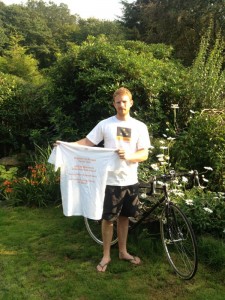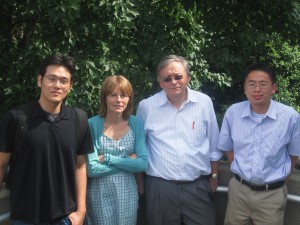The Conclude Consultancy was long-listed for the Guardian Sustainability Awards 2012, which have only just been published. Please see: http://www.guardian.co.uk/sustainable-business/best-practice-exchange/the-conclude-consultancy-science-energy.
Our work in OCCUPANCY ANALYTICS ™ has delivered compelling new data to inform hospital design. Our work has identified that traditional approaches to hospital planning lead to significant over-estimation of occupancy. The impacts of over-estimating occupancy lead to unnecessary capital and operating expenditure in the following areas:
- Significant over-sizing of the systems that service hospitals.
- Over provision of space.
- Over provision of Imaging equipment.
We have recently completed a validation process with clinical specialists and service managers on one project concerning OCCUPANCY ANALYTICS ™ studies for Oncology, Radiotherapy and Imaging. The work is of significant importance because it has also clearly demonstrates its potential to inform the Department of Health, transformation programme called QIPP. Please see: http://www.dh.gov.uk/en/Healthcare/Qualityandproductivity/QIPP/index.htm.
Conclude are now working on projects that both drive efficiency into integrated care pathways AND which drive for low carbon performance. This is achieved through a strategy developed by Conclude called ‘Peak Load Smoothing’.
Operational Policies tend to result in peak occupancy in a hospital during the middle part of the working day. Peak occupancy drives peak energy loads. Peak energy loads incur peak load energy tariffs. At Conclude we argue that if Operational Policies can be planned across the hospital such that peak occupancy of each clinical specialism can be managed relative to other specialisms then peak energy loads can be reduced by at least 23%. The benefit of reducing peak loads is that engineering plant can be smaller, and work more efficiently, resulting in reduced carbon emissions.
Operational Policy tends to focus on discreet clinical specialisms, whereas ‘joined up’ policies ensure better co-ordination of working practices, better flow of patients, resulting in better patient experience, and as we have already mentioned, much improved carbon performance. In bringing together the issues of space efficiency, process efficiency and carbon efficiency all resulting in low capital and operational costs, we consider this to be real innovation.
Dr David Pencheon OBE at the NHS Sustainability Development Unit describes our work in these terms:
” It’s an impressive way of thinking through an important dimension of sustainable, flexible, cost effective management of estate and probably an important step on the way to a more coherent approach to assessing health care premises.”
If you would like to learn more about our work please fill out the contact form on this site.



Follow us
on Twitter